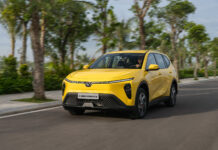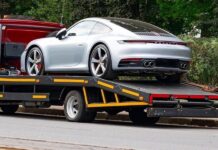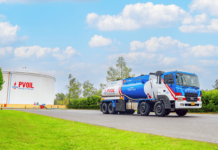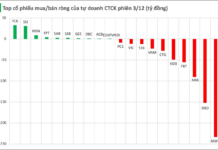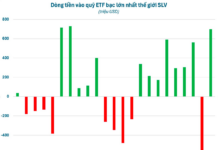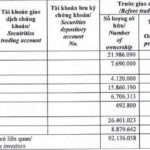Apple Maps has publicly disclosed the process of capturing map imagery in Vietnam on their website. The process started on February 16 in the Southeast, followed by the Central North, the South Central Coast (March 5), and the Red River Delta (March 8), and finally ended on October 24. In Vietnam, Apple Maps only uses cars to collect data, not mobile systems like devices attached to backpacks.

Apple’s roadmap for deploying map data collection vehicles in Vietnam.
It is known that among the vehicles used by Apple Maps in Vietnam are 20 Hyundai Tucson cars that were delivered since July 2023. The common point of these cars is that they are white, belong to the Turbo version, and at that time have a suggested retail price of 1.05 billion VND. The partners for purchasing the cars are Hertz and Apple. Among them, Hertz is a reputable car rental company worldwide.
Based in the US, Hertz currently has branches in many countries around the world including North America, Europe, Latin America, Africa, the Middle East, Asia, Australia, and New Zealand. The company entered Vietnam in 2018.

Apple has prepared vehicles for use in Vietnam since mid-2023. Photo: Hyundai Truong Chinh
Apple’s specialized cars will be equipped with external LiDAR cameras and a computer system, iPhone, iPad to serve the driver inside. In the future, users will be able to directly view images of Vietnamese maps captured by Apple’s vehicle camera, similar to the Look Around feature of Google Street View. The company will automatically blur license plates or faces that appear in the frame before uploading to the system.



In the US, Apple Maps vehicles use Subaru Impreza, but in Vietnam, it is Hyundai Tucson. Photo: Hyundai Truong Chinh
Since 2012, Apple Maps has become the default map application on iPhone, iPad, and Macbook. By 2018, the application was heavily upgraded after a long period of user complaints about inaccuracies.

